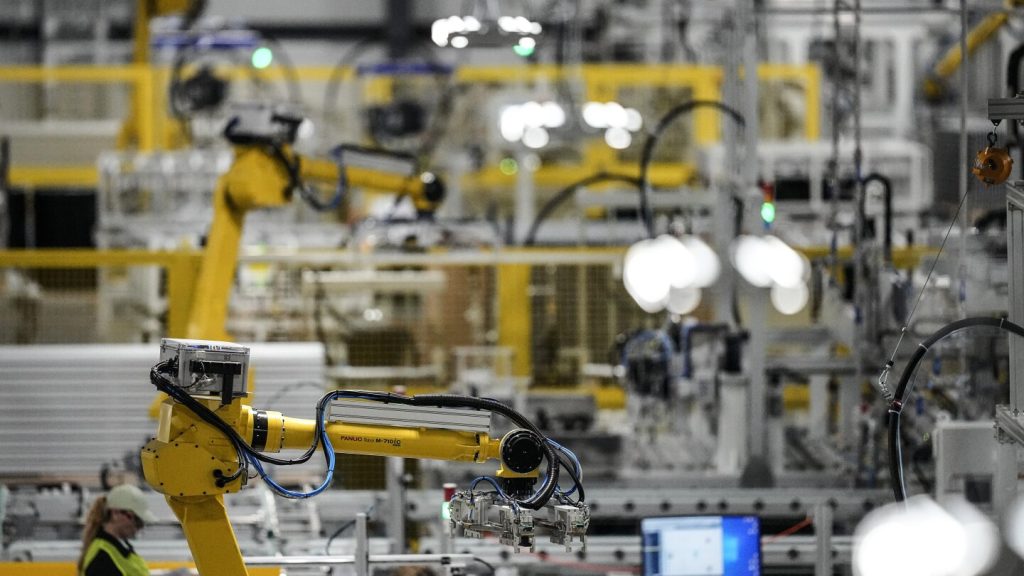The US economy slowed down significantly in the first quarter of 2024, with a growth rate of 1.6% compared to the previous quarter’s 3.4%. This was mainly due to a surge in imports and businesses reducing inventories, which subtracted nearly 1 percentage point from the GDP. However, consumer spending remained strong, with a 2.5% increase in the first quarter. Household spending on services saw the fastest growth since mid-2021, while spending on goods like appliances and furniture decreased slightly.
Despite the slowdown in GDP growth, economists note that the underlying momentum of the economy remains positive. Businesses also contributed to the growth in the first quarter, with a strong pace of investment. However, concerns remain about rising inflation, which increased to a 3.4% annual rate in the first quarter. Core inflation, excluding food and energy prices, rose at a 3.7% rate, up from 2% in the previous quarter. The Federal Reserve continues to monitor these price pressures closely.
The state of the economy has become a key issue in the upcoming election season, with critics of President Joe Biden blaming him for high prices despite a significant slowdown in inflation from its peak in 2022. The slowdown in GDP growth in the first quarter ended a streak of six consecutive quarters of at least 2% growth. The gradual slowdown can be attributed to higher borrowing rates resulting from the Fed’s 11 interest rate hikes to curb inflation. Despite these challenges, the US economy continues to outperform other advanced economies.
The IMF projects the US economy to grow by 2.7% for the year 2024, up from 2.5% in 2023. Businesses are investing in manufacturing and green technology in the US, but weak spending on equipment and a trade imbalance are affecting overall economic growth. The IMF’s managing director, Kristalina Georgieva, highlighted that while US economic growth remains strong, inflation has been slower to reach the Fed’s 2% target. Inflation spiked in 2021 due to supply shortages and worsened by global events like Russia’s invasion of Ukraine in 2022.
The Fed responded to rising inflation by raising its benchmark rate, but the economy has shown resilience, with strong hiring and low unemployment rates. Inflation has decreased from its peak but remains a concern. The Fed’s policymakers have signaled possible rate cuts this year, but recent indications suggest they may delay these actions due to ongoing inflationary pressures. Wall Street traders do not expect rate cuts until September, according to the CME FedWatch tool. Overall, the US economy faces challenges in balancing growth, inflation, and consumer sentiment as the year progresses.


